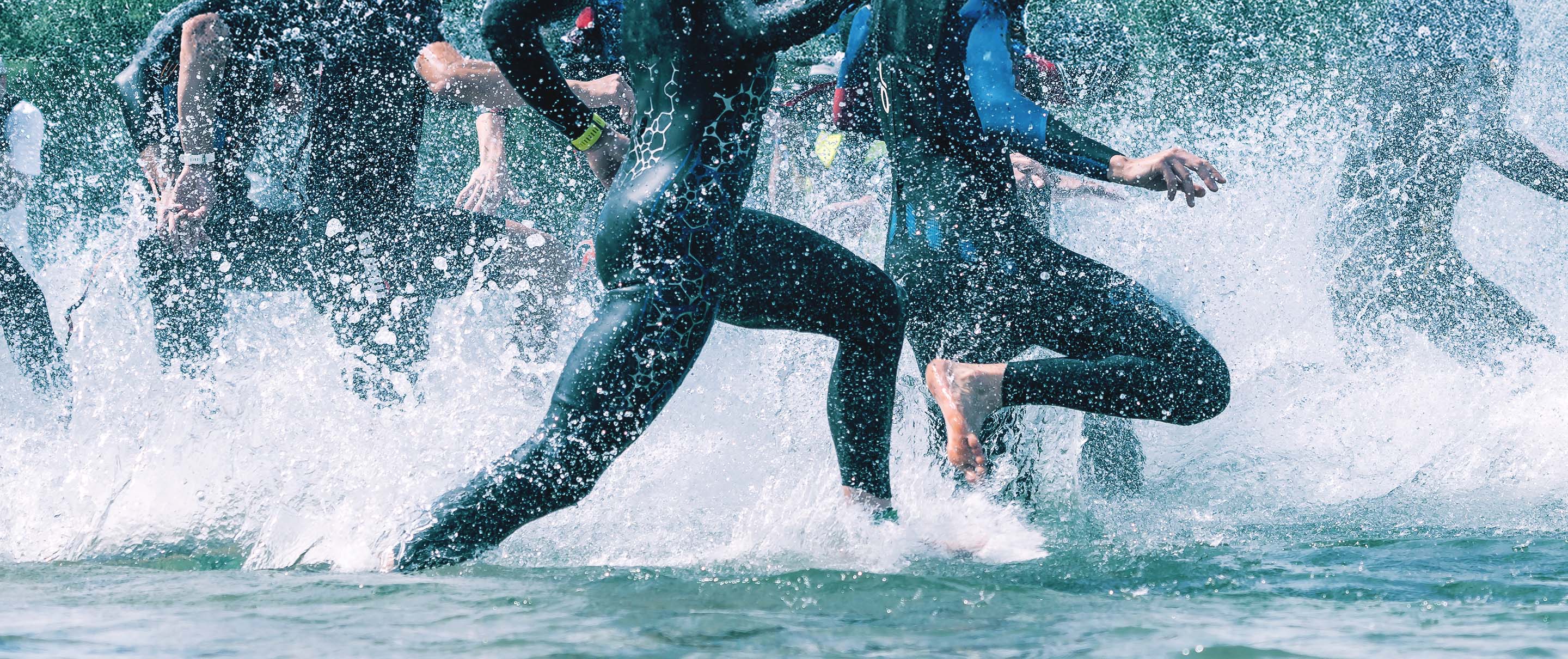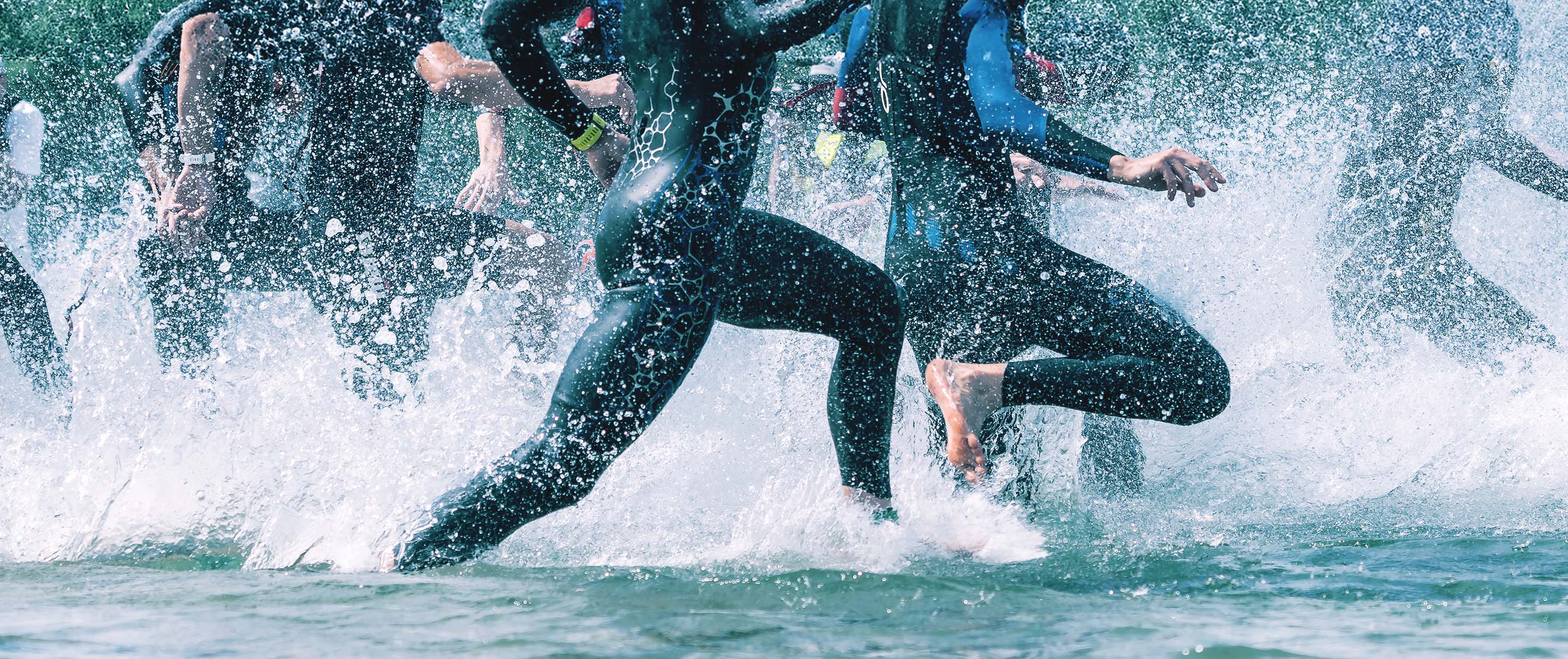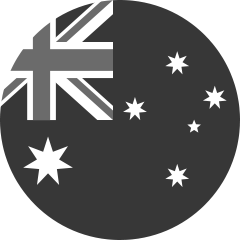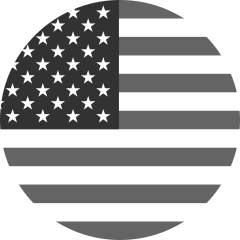Triathlon Swim Training: Pro Tips from Olympian Aaron Royle to Prepare You for Race Day
As a triathlete, the last few days before your race are incredibly exciting. By this point, you’ve spent months hyperfocused on your triathlon swim training, putting in miles on your bike, and grinding out long tough runs.
It’s finally time to go get your finish line.
In the days leading up to your race, you’ll be well into the taper phase of your training plan and your long sessions will be finished.
But this is also a time for some crucial last-minute preparation and strategizing.
Here’s how the pros handle their race day prep, how you can incorporate their approach into your pre-race ritual, and a few free triathlon swim training workouts to help you get race day ready.
One Day Out: Race Course Survey & Pre-Race Swim
The day before your race is an incredibly valuable opportunity to set yourself up for success during your triathlon.
While it’s important to conserve energy, relax your mind, and rest your body, it’s equally important to use this time as an opportunity to ensure you feel confident and prepared.
Here are a few swim tips for triathlons you’ll want to do.
Get Familiar with the Race Course
Your triathlon preparation plan is unique and personal. In the video below, FORM athlete Aaron Royle takes you through his personal race day preparation routine to give you an idea of how the pros approach this process.
There are a few important things to learn from Aaron’s insights.
Regardless of the distance of your race, it’s important to get familiar with the course so that you can effectively implement your race strategy.
For one, make sure you understand how your race will start.
Will you be entering the water from a dock or a beach? Will it be a wave start—where athletes start in timed intervals based on their estimated swim time—or will it be a mass start?
This will have an impact on where and how you choose to begin your swim.
It’s also important to consider things like:
- Water Temperatures: Cold water can often be a shock to the system, so it’s wise to get in for a test swim so you know what to expect.
- Tides and Currents: If there are tides and currents in the body of water where you’ll be racing, it’s important to understand how that might impact your swim.
- Race Direction: Will you be swimming clockwise or counterclockwise? Which way will any potential waves be coming from and how will that impact your breathing? Where will the sun be during your race and how will that impact your ability to see?
- Swim Format: Will your swim be one, long out-and-back loop? Will you do two loops? And, if so, will you have to get out of the water between your first and second laps?

Work In Some Pre-Race Day Triathlon Swimming Workouts
Since you’ll be in the taper phase of your triathlon swim training on the day before your race, you’ll want to avoid any intense training.
But with that being said, it’s incredibly important that you get in the open water for some light triathlon swimming workouts.
Doing so will:
- Help you practice your entrance into the water
- Give you a feel for the water conditions
- Allow you to practice your swim strategy ahead of race day
- Provide you with the chance to double-check your gear
- Help calm your nerves during open water swimming since you’ll know what to expect
The optimal pre-race triathlon swimming workout will be short and aligned with your overall race strategy.
Here’s how we’d recommend approaching your pre-race triathlon swimming workout.
Step 1Start your pre-race swim from wherever you’ll begin your race the next day, whether it’s a dock or a beach.
Step 2Enter the water safely and slowly. Remember, your goal is simply to get comfortable with how you’ll begin your race.
Step 3Swim for between 400 and 500 meters, gradually building to the stroke rate you want to hold at the start of your race.
Ideally, this should take you to the first buoy of a longer race or the second buoy of a shorter race.
Step 4Swim toward the final buoy of the course. This will most likely be between 100 and 200 meters, depending on the race.
Once you reach this buoy, take a rest. Have a look toward the finish line and get comfortable with what you’ll be swimming toward as you head to the transition area.
Step 5Finally, swim toward the swim finish area, building your effort to the stroke rate that you want to have as you finish the swim leg of your race.
Take note of the details of the course as you get near the swim exit. For example, consider whether the water stays deep if it gets shallower. This will determine whether you can swim to the very end or if you can expect to find your footing and run the last few meters out of the water.
Race Day: Two Essential Tips for Having an Incredible Triathlon Swim
With your pre-race swim prep completed, it’s finally time for the moment you’ve been training for.
Using your newly-acquired familiarity with the swim course, you can focus on two key components of your race: how exactly you’ll start your swim and how you’ll implement your race strategy.

Pick the Right Starting Position
The start of your race is tactically important because it will determine your position in the water as well as the swimmers around you.
This is especially critical in a mass start event in order to jockey for position, but it’s also relevant in wave starts as well.
As a rule of thumb, during a mass start event, it’s wise to determine your starting position based on your strength as a swimmer:
- If you’re a stronger swimmer, it’s wise to start beside less strong swimmers so you can get a bit of space in the water early on
- If you’re a less strong swimmer, you might want to start near stronger swimmers so that you can get on their hip and draft off of them
For wave starts, this strategy changes a bit.
The benefit of wave starts is that they allow you to focus more on what you’re doing at the start of your race. However, they also force you to be more self-reliant with the route you take in the water since you can’t just follow the pack.
It’s important to have a good estimation of what your swim speed is going to be for the race so that you get placed in the appropriate wave:
- If you enter the water with too slow of a time, you’ll be catching up to people slower than you
- If you enter the water with a time that’s too fast for you, then you’ll have people passing you
So, there are a few important things to consider for wave starts:
- Know your speed for entering the race
- Know the course so you can make it through safely through to transition.
- Know your own strategy and execute it without people around you distracting you from it
Race Strategy: Break Your Swim Into Sections
Once the race is underway, it’s important to swim strategically in order to maintain momentum while also retaining enough energy to get through the rest of your race.
Professional triathletes often break their swims down into four main sections.
Front-End SpeedFor the first 100 meters, you can start with a strong stroke rate in order to make space for yourself and find your place among the crowd.
Front Buoy SpeedAfter your first 100 meters or so, you can settle into a more sustainable stroke rate until you reach the first buoy of your race.
Buoy SpeedOptimally, your stroke rate should pick up as you round the buoys in your race. For that short stretch, it’s ideal to push your pace slightly.
Back-End SpeedOnce you’ve rounded the buoys, you’ll want to build back up to the stroke rate that you want to have as you finish your race. Maintain this pace as you swim toward the transition area.
You may have noticed that this swim pace strategy focuses on stroke rate rather than swim pace.
This may seem confusing given that you’ve likely spent the majority of your triathlon swimming training focused on your pace.
However, it’s important to understand that your pool swimming metrics don’t directly translate in open water, so your stroke rate is actually a better gauge of your swimming performance on race day.
Luckily, there are tools like FORM goggles—which feature a built-in accelerometer alongside other sophisticated sensors—that have the capability of displaying your stroke rate in real-time, directly in front of your eyes.
3 Free Triathlon Swimming Workouts to Help You Master Your Repeatable Stroke Rate
In order to have your best possible swim on race day, it’s ideal to be able to develop repeatable stroke rates that you can tap into during the various stages of your swim.
With that in mind, you may want to incorporate some stroke rate-focused triathlon swimming workouts into your training plan.
Below you’ll find a few options you can try in a variety of lengths, from medium to long and extra long.
Triathlon Swimming Workout for Starting Strong
These workouts are designed to help you fine-tune what is a sustainable stroke rate for race day. It’s often important to break from the pack early in the race course, but if you go too far into the red it can cost you later. These workouts have race simulation distances to help you find that sweet spot for the beginning of the race.

Triathlon Swimming Workout for Race Day Strategy
Through a combination of descending times and alternating efforts, the sets in these workouts will help you get a feel for repeated race pace efforts. In order to get the most out of this workout, think about your race course and goal then try to stick to the effort cues in each set to test your current race strategy. Can you sustain the Strong efforts? Feel like you still have some left in the tank after the workout? Use this to tweak and adjust your pacing for the big day.

Triathlon Swimming Workout for Your Race Day Swim Finish
Similar to triathlon swimming workouts for starting strong, these ones have race simulation distances to help you learn more about pacing tactics—except this time the focus moves towards the back end of your swim. Pay attention to your stroke rate and distance per stroke on the Strong intervals in your Post-Set. Did this feel hard, but still within your capacity? Experiment until you find the right range for you by repeating this workout throughout your race prep season.

Get Prepared for Your Next Triathlon with FORM
If you want to learn how to swim freestyle or to dial in your freestyle swimming technique, add FORM goggles to your gear bag. With FORM, you can see real-time data directly in front of your eyes while you swim. Identify when your technique is dropping off and adjust your form using pace, stroke rate, and distance per stroke data.











